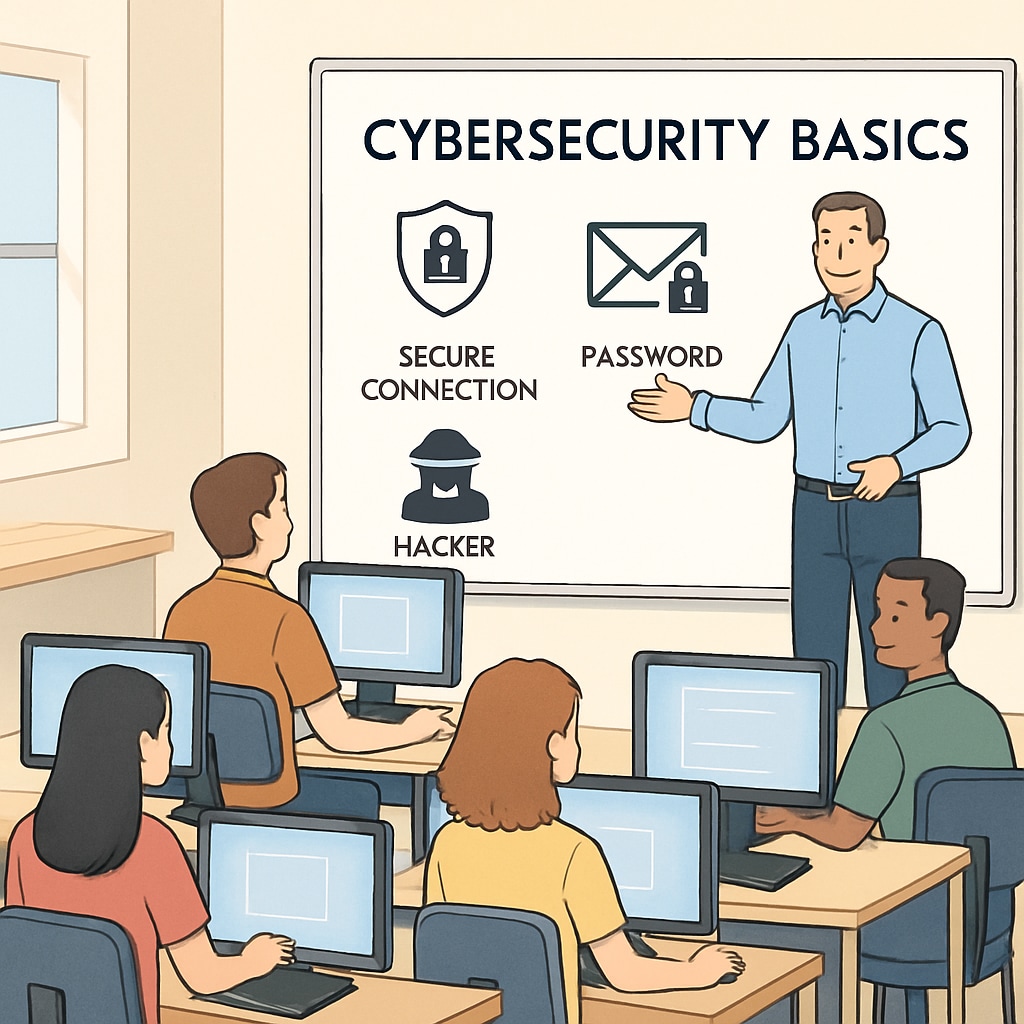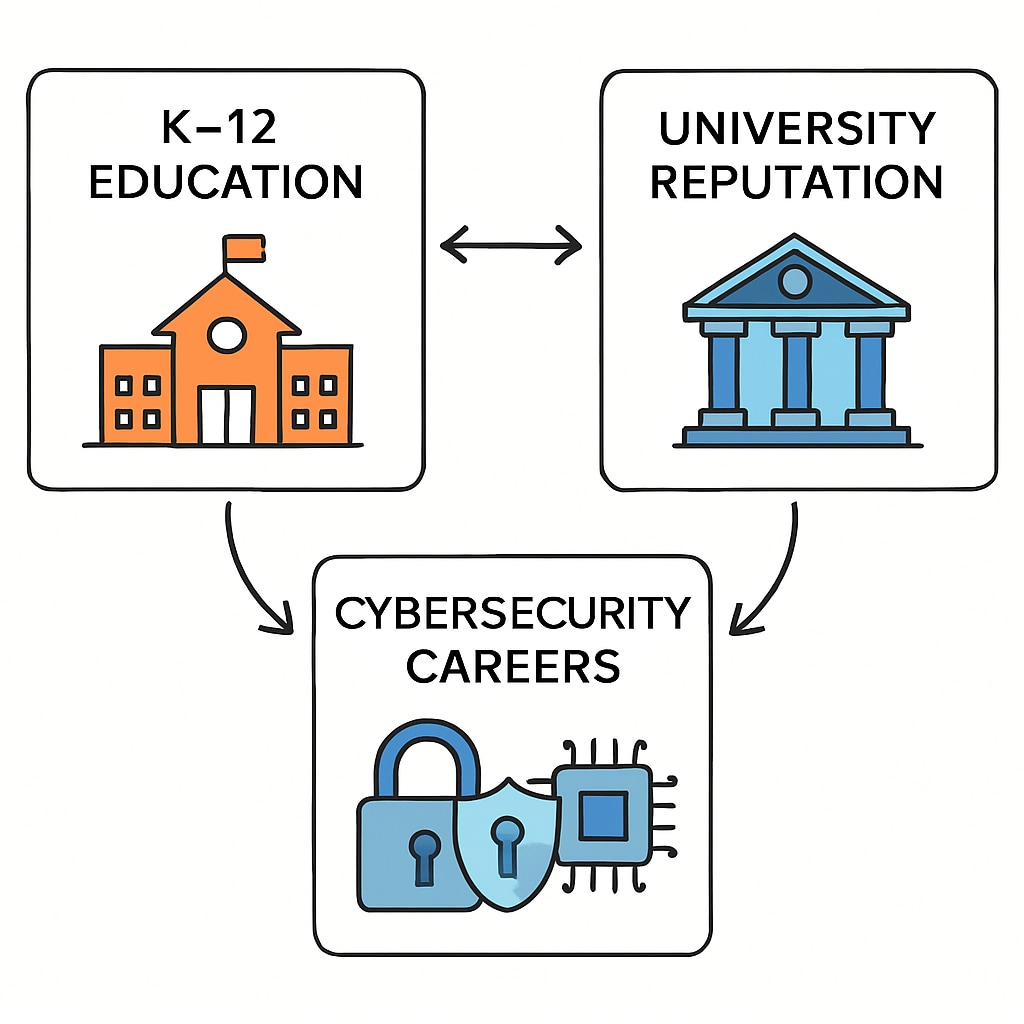In today’s interconnected world, university reputation, employment, and cybersecurity are increasingly linked. As cybersecurity threats grow more sophisticated, the demand for skilled professionals continues to rise. But how does early education, particularly K12 cybersecurity programs, prepare students for this field? Moreover, how does the standing of a university influence employment opportunities in cybersecurity? These questions underscore the importance of investing in foundational cybersecurity education and understanding the role of institutional prestige in career success.

Why Cybersecurity Education Matters in K12
Cybersecurity education at the K12 level is quickly becoming a necessity due to the pervasive nature of digital technologies. Introducing students to cybersecurity concepts early fosters critical thinking and problem-solving skills, both of which are essential in combating cyber threats. For example, teaching students about safe online practices, password management, and the basics of encryption equips them with tools they can use throughout their lives.
In addition to practical skills, K12 cybersecurity programs inspire interest in technology-related careers. They provide a foundation that students can build upon in higher education, particularly if they aspire to study at universities renowned for their cybersecurity programs. By embedding cybersecurity into the K12 curriculum, educators can help bridge the gap between early education and professional development in this field.

The Role of University Reputation in Cybersecurity Employment
While K12 education lays the groundwork, university reputation plays a significant role in shaping career prospects in cybersecurity. Employers often associate prestigious universities with high-quality training, rigorous curricula, and graduates who are well-prepared for industry challenges. As a result, attending a university with a strong reputation in cybersecurity can increase job opportunities and earning potential.
For instance, institutions recognized for their cybersecurity programs may have partnerships with leading tech companies, offering students internships and exclusive job placements. They may also host research initiatives that provide hands-on experience in tackling real-world cyber threats. Such opportunities are invaluable for students, as they not only enhance technical skills but also build professional networks that are crucial for career advancement.
However, it’s important to note that university reputation is not the sole determinant of success in cybersecurity. Practical experience, certifications, and a proactive approach to learning can also significantly impact employment prospects.
Connecting Early Education to Long-Term Career Success
The synergy between K12 cybersecurity education and university reputation highlights the importance of a holistic approach to career preparation. By introducing students to cybersecurity concepts early, K12 programs can spark interest in pursuing related degrees at reputable universities. This, in turn, positions them for successful careers in a field with high demand.
As a result, educators, policymakers, and parents should collaborate to integrate cybersecurity into primary and secondary education. This investment not only benefits individual students but also supports the broader goal of building a workforce capable of addressing global cybersecurity challenges.
For more insights into cybersecurity education, check out Cybersecurity on Wikipedia or explore resources on Britannica’s Cybersecurity Overview.
Readability guidance: This article uses concise paragraphs, lists actionable points, and includes descriptive examples to ensure clarity. Transition words like “however,” “for example,” and “as a result” are incorporated to improve flow. Images are strategically placed to enhance engagement and comprehension.


